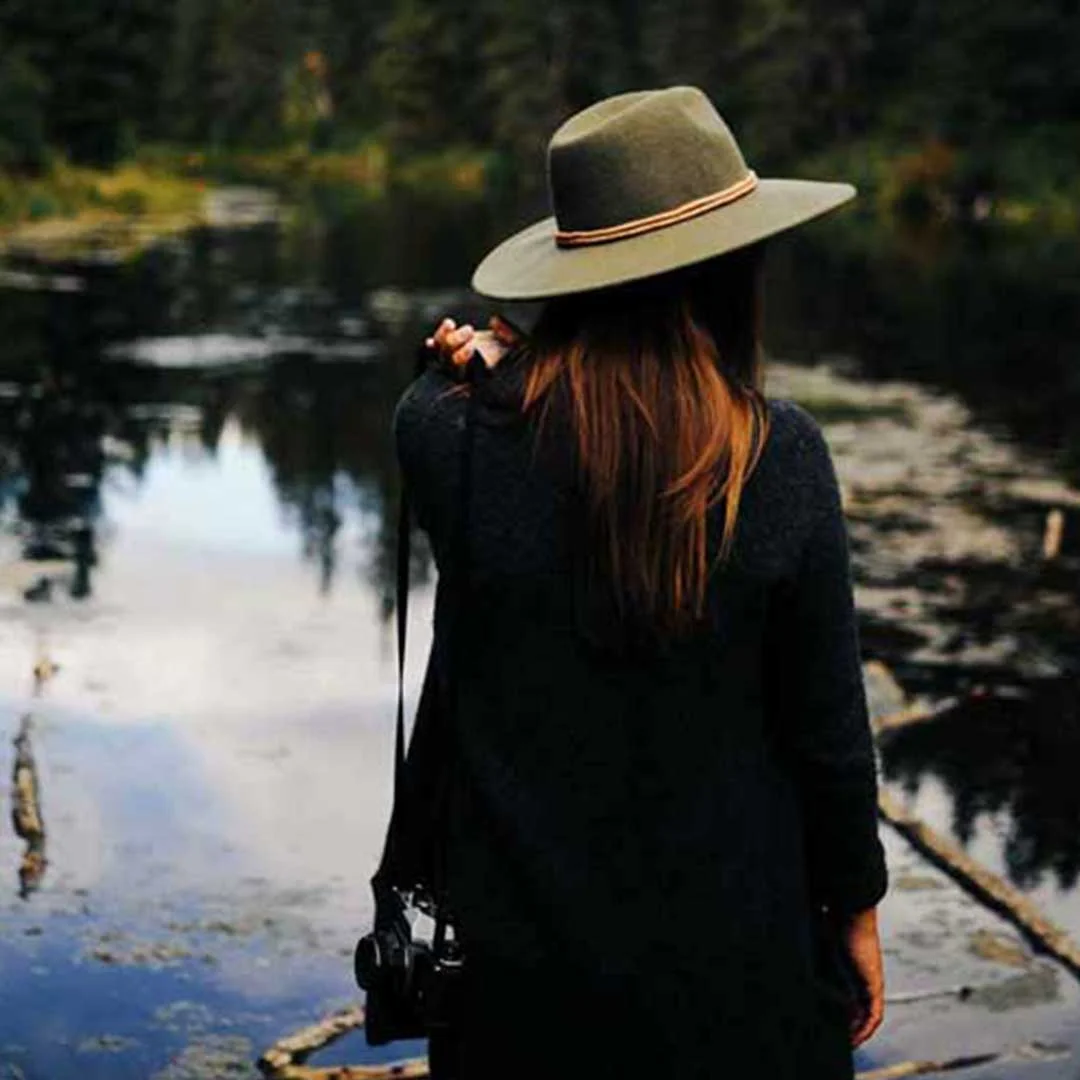Why do you call your greenhouse “tiny?”
We named our market garden business “Tiny Acres” because we live on only 2.5 acres and our barn cat, who was given to us with a name, is named “Tiny.” So, we try to use the word “tiny” as much as possible! But really, we call the greenhouse “tiny” because in early 2023 we bought a “retired” greenhouse and decided to split into 2 structures: a “big” one, and a “tiny” one. Instead of going the traditional route of purchasing a kit, we thrifted the frame and had to find plastic for it later. By April of last year (2023), I was dying to get outside and begin planting, but our large garden plot (where we had intended to install the entire greenhouse frame) was so muddy that we could not reach it without losing a boot! So, I begged my husband to install a “tiny” one nearer our home in the grass so I could reach it without walking through the springtime mud. I figured I could at least grow starts in there, and maybe extend the spring and fall seasons. He obliged…though he didn’t have a lot of free time so the plastic was not finished until December! And, much to my surprise, he rigged a homemade heater that is now allowing us to grow a small crop and start seeds in February.

Greenhouse vs. High Tunnel
Essentially, a greenhouse has heat and a high tunnel does not. Many greenhouses have structured hard walls made of clear plastic or glass and are much more permanent structures than high tunnels. Many have concrete or gravel floors. Greenhouses also typically have sturdy metal or wooden frames. Ours is so sturdy that my husband can climb on it like a jungle gym (when necessary to repair things…not for fun!)
Most tunnels, also called hoop houses, are unheated and allow a grower to plant earlier in spring and harvest longer in fall. Essentially, they might extend the growing season an extra 4-8 weeks. They can protect from light frosts and inclement weather. They are enclosed in thick but pliable plastic that you buy on a roll. Ours is 6 mil thick greenhouse plastic that is treated for UV rays. We have chosen to install 2 layers of the plastic and have a fan that blows air between the 2 layers; this layer of air adds insulation for warmth in cold temperatures. Most people choose not to heat high tunnels because often they use a second layer of interior covering over their winter crops. This second layer is commonly called “row cover” and is a thin cloth that lets in the sunlight needed for plant growth. We used this last spring in our regular, outdoor garden and it successfully protected our lettuce and spinach from cold and snow in zone 6B from February until final frost in May. The row cover is installed on small hoops that are only approximately 2 feet above the dirt, as opposed to the hoop house which has high ceilings.
Most hoop houses or high tunnels are used for planting directly in the ground. By contrast, greenhouses have plants growing on shelves or hanging in pots.
What are the dimensions of your greenhouse?
Our original greenhouse was 95 feet long by 28 feet wide. It is 12 feet tall at its peak.
Since we decided to take part of the frame to create a “tiny” one, we now have a covered, heated greenhouse that is 15 (long) by 28 feet (wide). The “big” one has the remaining frame, but no plastic or good compost…yet. It will be 75 ft. x 28 ft.

Are there different shapes of tunnels or greenhouses?
Yes. There are 2 basic shapes: rounded on top or peaked in the middle. The peaked roof is supposed to be better for areas that get lots of snow because it allows it to fall off the top more easily.
What is inside your greenhouse?
Raised beds and…
I have had back problems since I gave birth to my 3rd child about 10 years ago. The problems resurged when I was pregnant 2 years ago and have not disappeared. My chiropractor told me that business always picks up in the summer due to gardening injuries from people leaning down so often. I’m no exception. The past 2 summers, I have had at least one injury mid-summer in which the spasms were so bad that I could barely move for at least 4-5 days. Both times, my injuries resulted from the simple act of leaning over to weed the garden. For the remainder of both seasons, it was very difficult for me to harvest or weed.
So, my wise husband decided to build me 3 raised beds for Christmas this year. He’s a very practical man and built them mostly from materials that we already had, or things that he got for free! See this linked reel on my Instagram for a brief explanation. Stay tuned for my next post that will give a more detailed account of the raised bed construction.

Shelves filled with plant starts
These are still in progress, but starting to fill with trays of seeds! Two of 3 sides are completed!
How do you heat your greenhouse?
This is in process…since the wood burner that we built had to be modified to accommodate larger wood logs, now it takes an hour to start and has some ventilation issues that end up filling the greenhouse with smoke while it’s getting started. So, we’re working on another heat source.
Initially, we (and when I say “we,” I mean my husband did the work and I stood by with a little skepticism) stacked two 50-gallon metal drums on top of each other and added a “stack.” Why we had them…I don’t know. I eventually asked where he got them since most normal people don’t have huge drums laying around. He said he stopped at a construction site once to ask for free trees that they had just cleared (which he acquired), and the contractor sold him these 2 drums for $5 each. Random. Now they function as a wood burning heater in our greenhouse. He cut a “door” with hinges at the bottom for adding wood and venting it. This worked well but it was very difficult to get large pieces of wood inside since the door was fairly small and they had to be shoved “up” the burner, which was nearly impossible. So, as we prepared to actually plant things in the greenhouse in February, he cut a new door up higher (in the top drum) in order to drop in large pieces of wood that would burn all night so the temperature in the greenhouse doesn’t get below freezing. Unfortunately, it created some ventilation issues and now the smoke doesn’t vent well so the smoke backdrafts into the greenhouse until the fire gets super hot — which is usually at least an hour. It’s sort of a bummer because it’s been a very nice outdoor winter bonfire location for our family! Until he finds a solution or re-welds one of the doors, we have decided to use a small space heater that takes propane. We just set it up this week and are closely monitoring to make sure it can keep the entire greenhouse warm. It’s not nearly as powerful as the wood burner.
Hopefully one day we can afford a fancier one with a thermostat but, until then, we’ll just monitor it closely! In the meantime, I’m also covering the beds with row cover at night and bringing some of the seed trays inside.

We are just at the start of our greenhouse “journey” so I’ll keep you updated as things progress. Stay tuned for another post about how we built our raised beds in the greenhouse!









